In 2015, MM&M named its inaugural class of Healthcare Transformers. Five years on, most of the honorees remain very much involved in the health-tech fray. Here are their thoughts about how the sector has changed — and how it hasn’t — over the last half-decade.
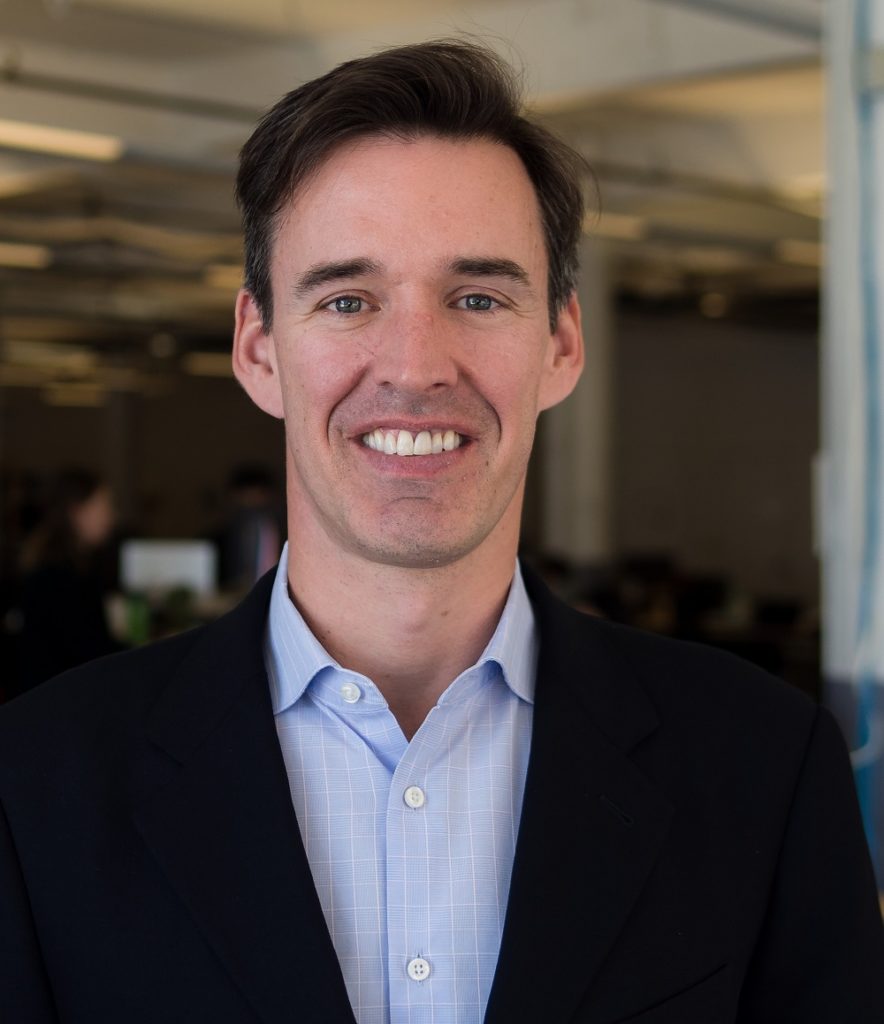
Jeff Tangney
CEO and founder,
Doximity
With the rise of digital health and EHRs over the last half-decade, the industry has witnessed a massive surge in the amount of healthcare data that is now available. The challenge that quickly became apparent from this flood of medical data is how doctors access and use this insight to improve health outcomes for their patients.
While I am hopeful about the progress that has been made in the industry, full data interoperability is still not where it needs to (and should) be.
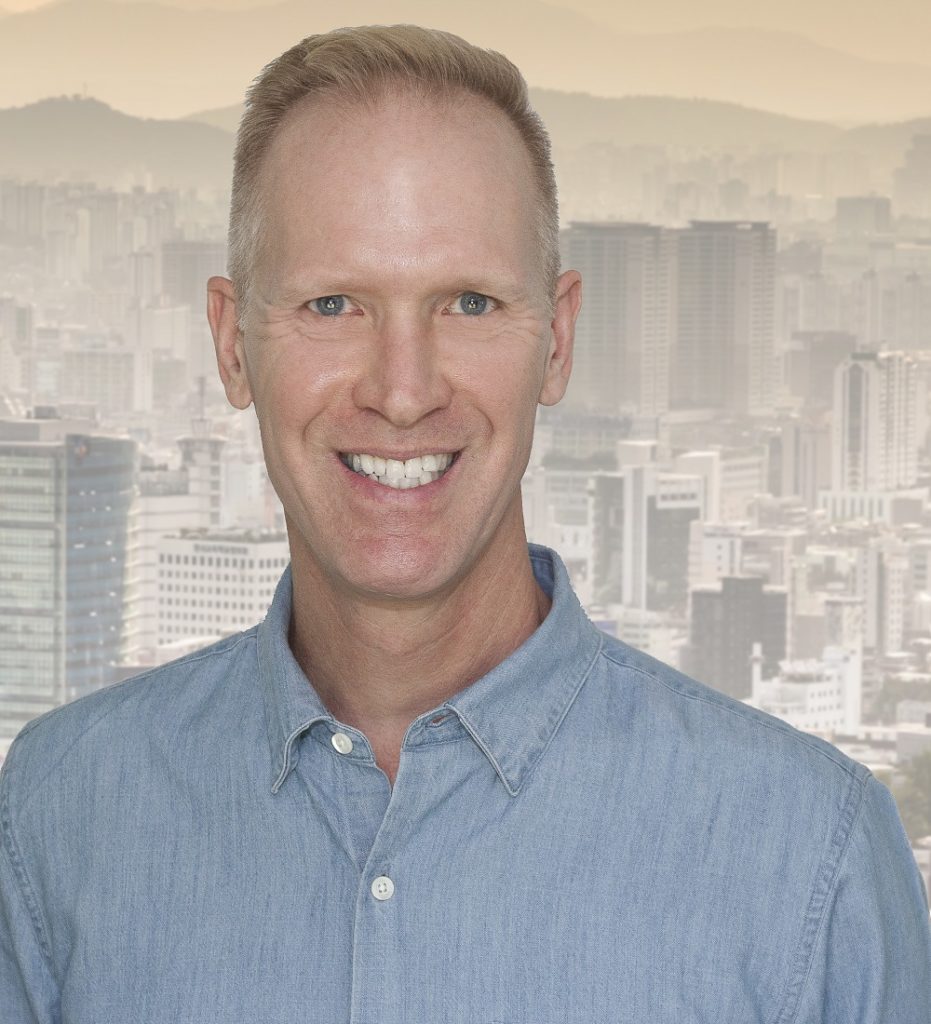
Joe Shields
President and cofounder,
Health Accelerators
In 2014, I saw Elizabeth Holmes speak onstage at TEDMED, and it looked as though VCs and tech companies would quickly and effortlessly disrupt every aspect of the healthcare system, including entrenched national diagnostic labs. We have since realized that “move fast and break things” is unacceptable when patients’ lives are at stake, and many health-tech companies have started replacing coders with seasoned healthcare experts.
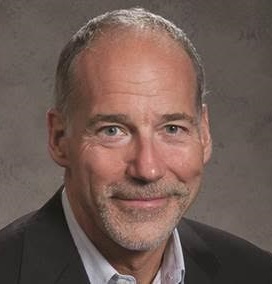
Jack Barrette
CEO and founder,
Wego Health
What has impressed me the most is not the pace of technological change, but the cultural change of genuinely embracing patients as co-creators, problem-solvers and innovators. Five years ago we were trying to convince highly regulated, slow-moving organizations that there is an army of patient leaders out there with whom they would be wise to collaborate.
The skepticism was palpable. Today we’re seeing earnest and forward-thinking efforts to bring patients into the process — not just to share insights, but to co-design apps and services that can truly improve the patient experience.
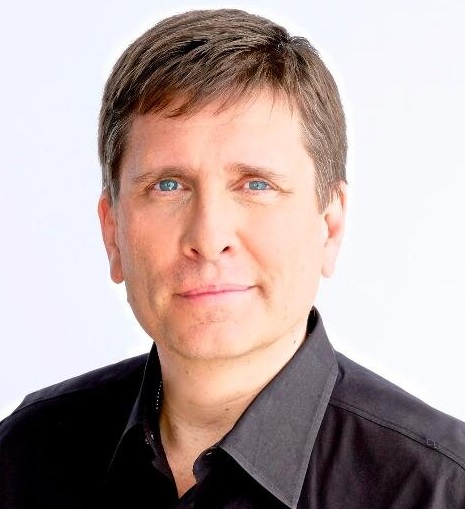
John Nosta
President,
Nostalab
Let me make this clear. The physician is obsolete.
In today’s world, MD stands for massive data. The tsunami of information is simply beyond the comprehension of any human, even that uber-human in the white coat. The solution is not to work harder but to work smarter, and shift the burden to technology and AI.
When the shift happens, another magical event will emerge to the surprise of clinicians and patients alike: the rise of empathy and engagement. Today’s dynamic forces the clinician to engage with a computer screen with their backs turned to the patient. Tomorrow’s reality is that technology will drive aspects of care, like the physical exam, and allow physicians to discover a richer and deeper doctor/patient relationship. That’s only if physicians let it happen.

Melissa Mackey
Head,
Verizon Innovation Garage
“My bold prediction is that cannabinoid therapy and the legalization of marijuana will send shockwaves through the healthcare ecosystem.”
Owing to soaring costs, the opioid epidemic and demand for natural therapy alternatives, adoption will start slow but soon skyrocket.
Physicians, nurses and pharmacists will need to be well versed in its therapeutic benefits and understand how to dose it. Managed care will have to figure out how to cover it as well as how to safely source, price and ship it. Pharma marketing narratives will have to change dramatically.
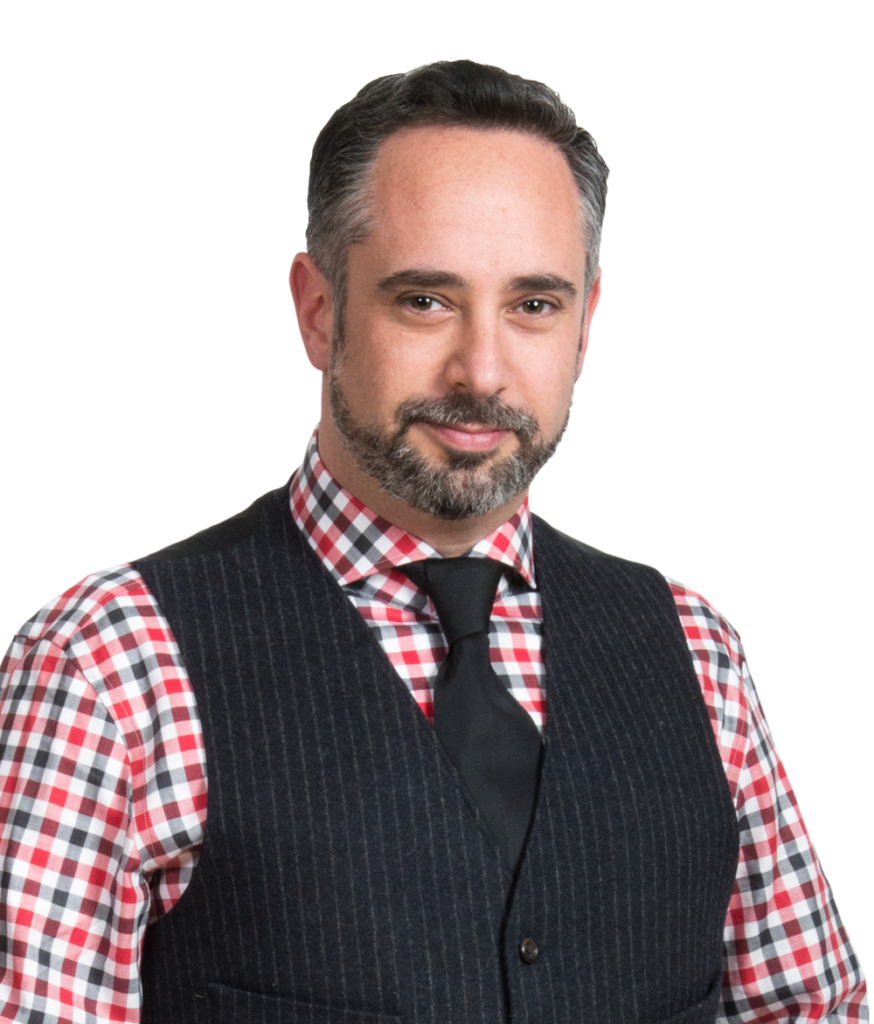
Jay Goldman
Cofounder, Sensei Labs,
Klick Health
We’ve seen large pharma increasingly digitizing and automating repeatable processes so their teams can focus on their core jobs and ultimately deliver more value to patients. A classic example: Moving away from project tracking in Excel spreadsheets and adopting collaborative work management applications, especially when it comes to large projects with multiple geographies, country-specific regulations and other data complexities.
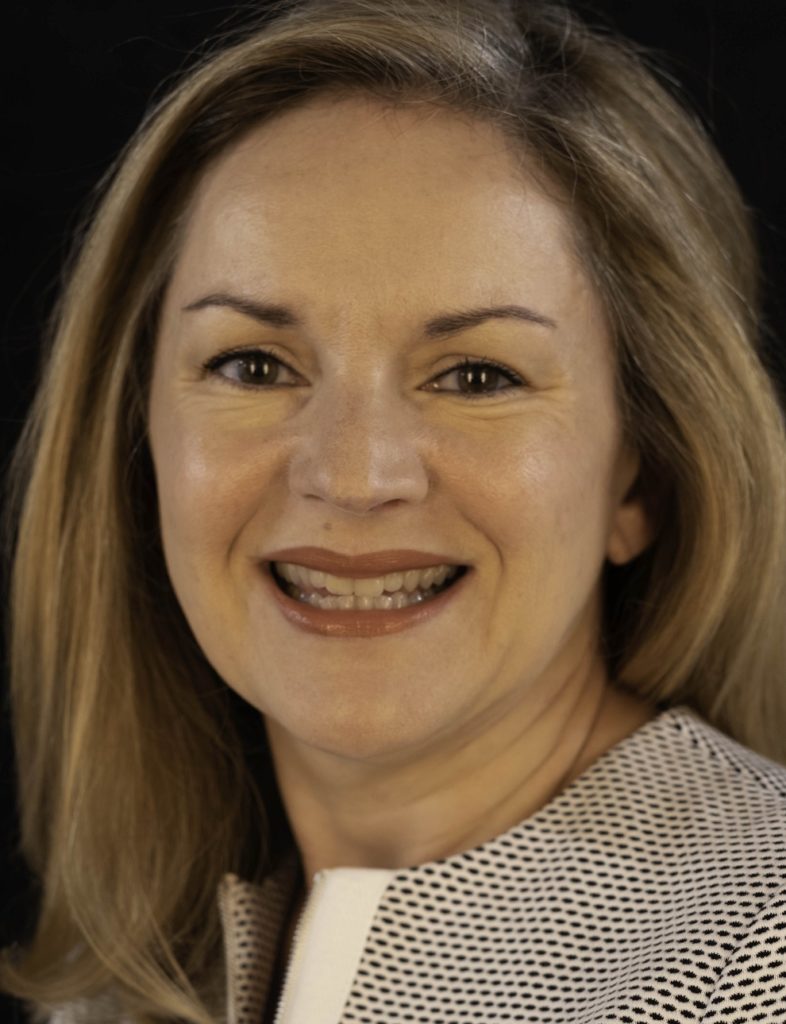
Lita Sands
Worldwide head of life sciences business development,
Amazon Web Services
We’re entering a new era defined by patient empowerment. From accessing educational information to participating in clinical trials from home, new and innovative solutions are placing healthcare at our fingertips. There’s an interesting dichotomy driving this transformation: patient demand for more intuitive, accessible tools is pushing organizations to adopt technologies with the ability and agility to scale, all while remaining secure.
As a result, we’re seeing companies turn to the cloud and increasingly to data analytics and AI and machine learning, to develop mobile, web and even voice applications to provide more personalized care. While an enhanced patient experience might be one of the main driving forces behind these innovations, the resulting benefits extend beyond that. By empowering patients with greater access to their own healthcare, there is the potential for better outcomes, lower rates of re-hospitalization and reduced costs of hospitalization, and greater patient engagement.
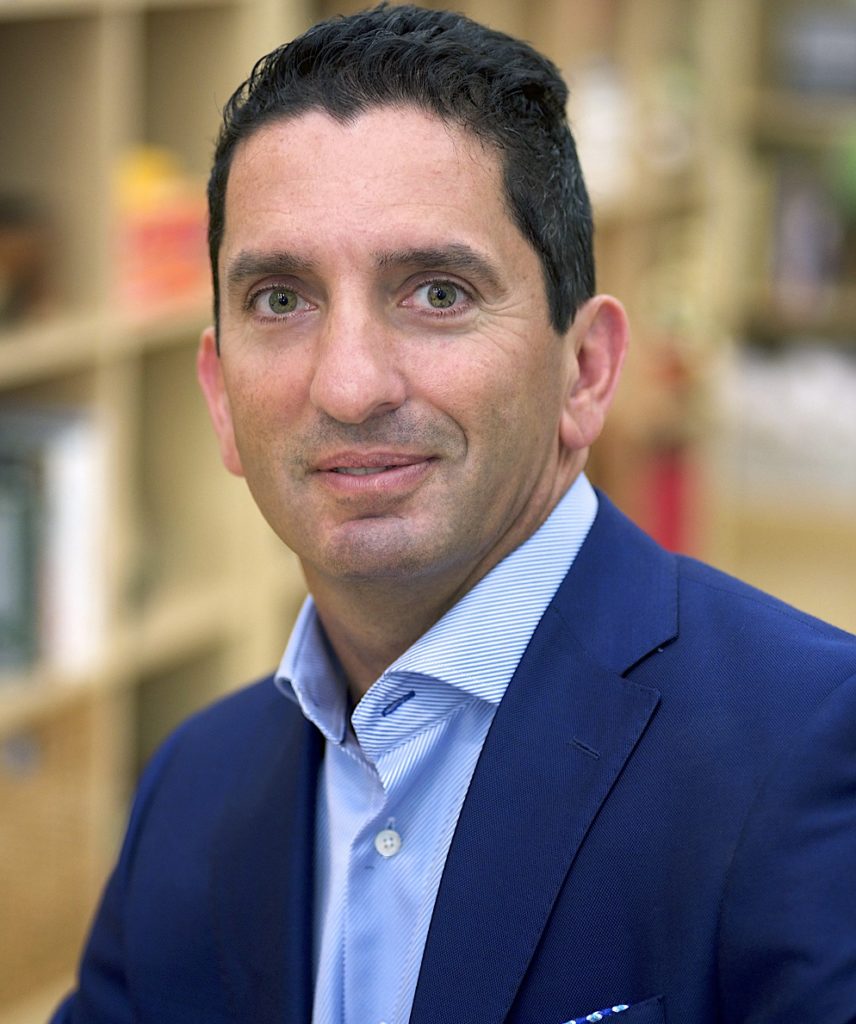
Faruk Capan
CEO and founder,
Intouch Group
Health tech has been challenging for pharma marketers.
For example, diabetes monitoring tools haven’t been adopted as heavily as expected, and AI technologies like IBM’s Watson haven’t yet lived up to the hype. The evolution is slower than expected, but we’re making progress.
In terms of monitoring tools, a big hurdle is getting people to take the time to input data — what they eat and drink, what kind of exercise they did on a given day, etc. They want to track these things, but they don’t want to do it all manually. We need to figure out how to get better at tracking passively or ambivalently.
From the May 01, 2019 Issue of MM+M - Medical Marketing and Media






